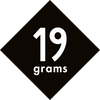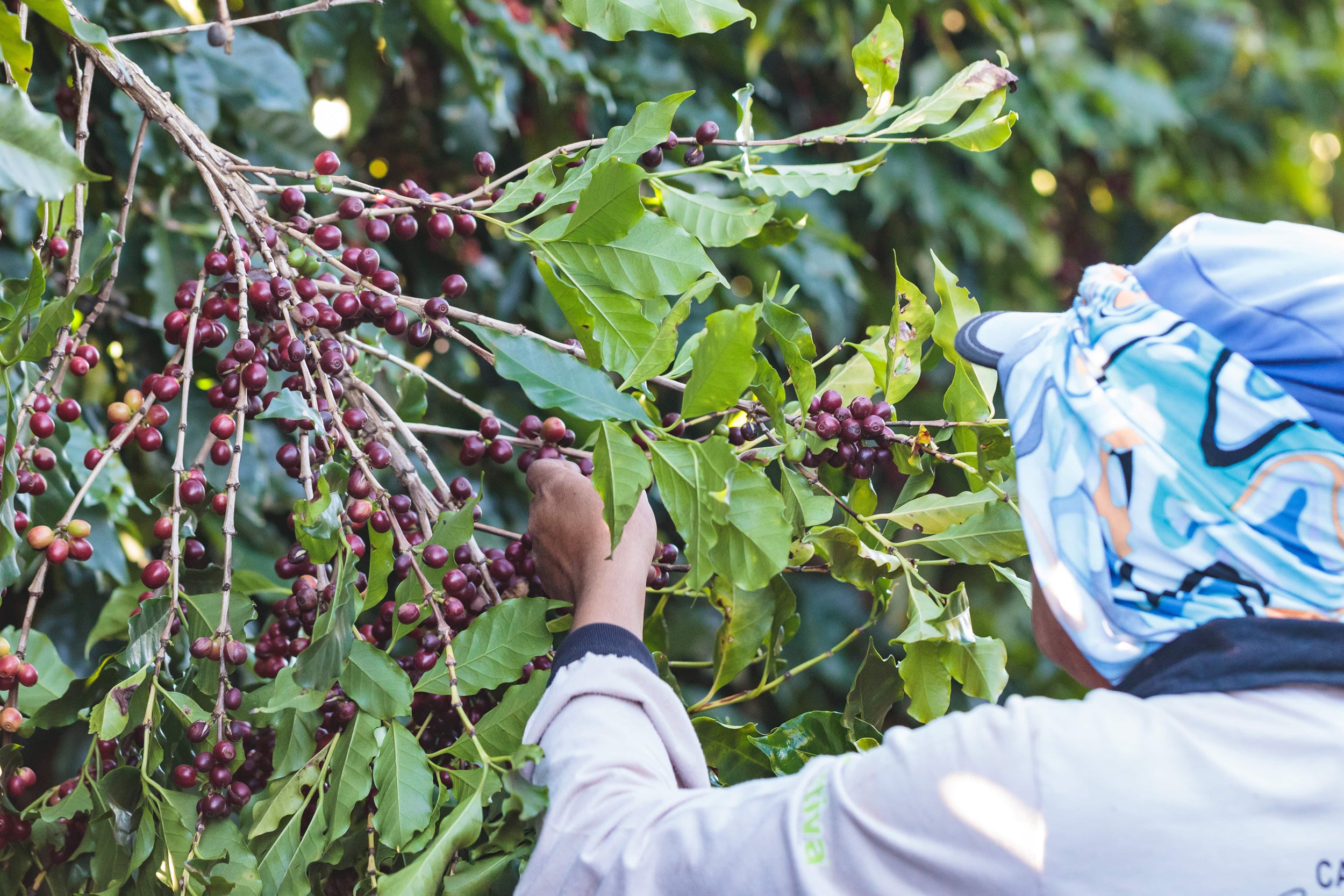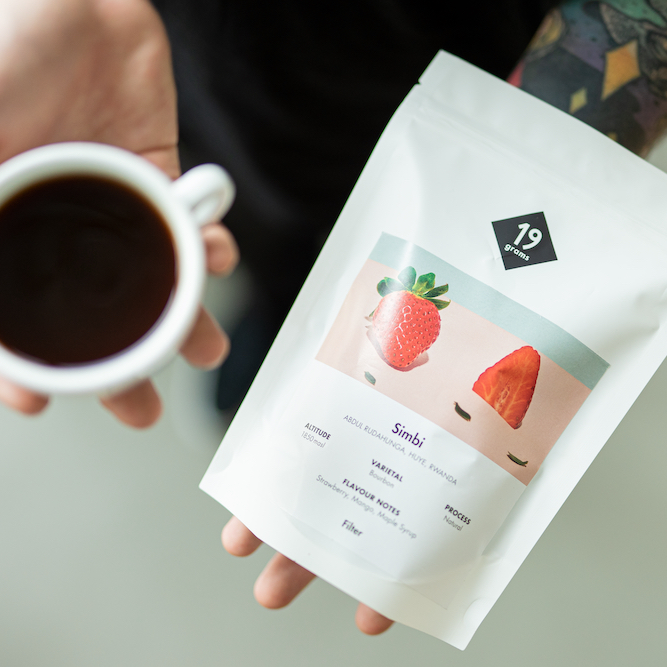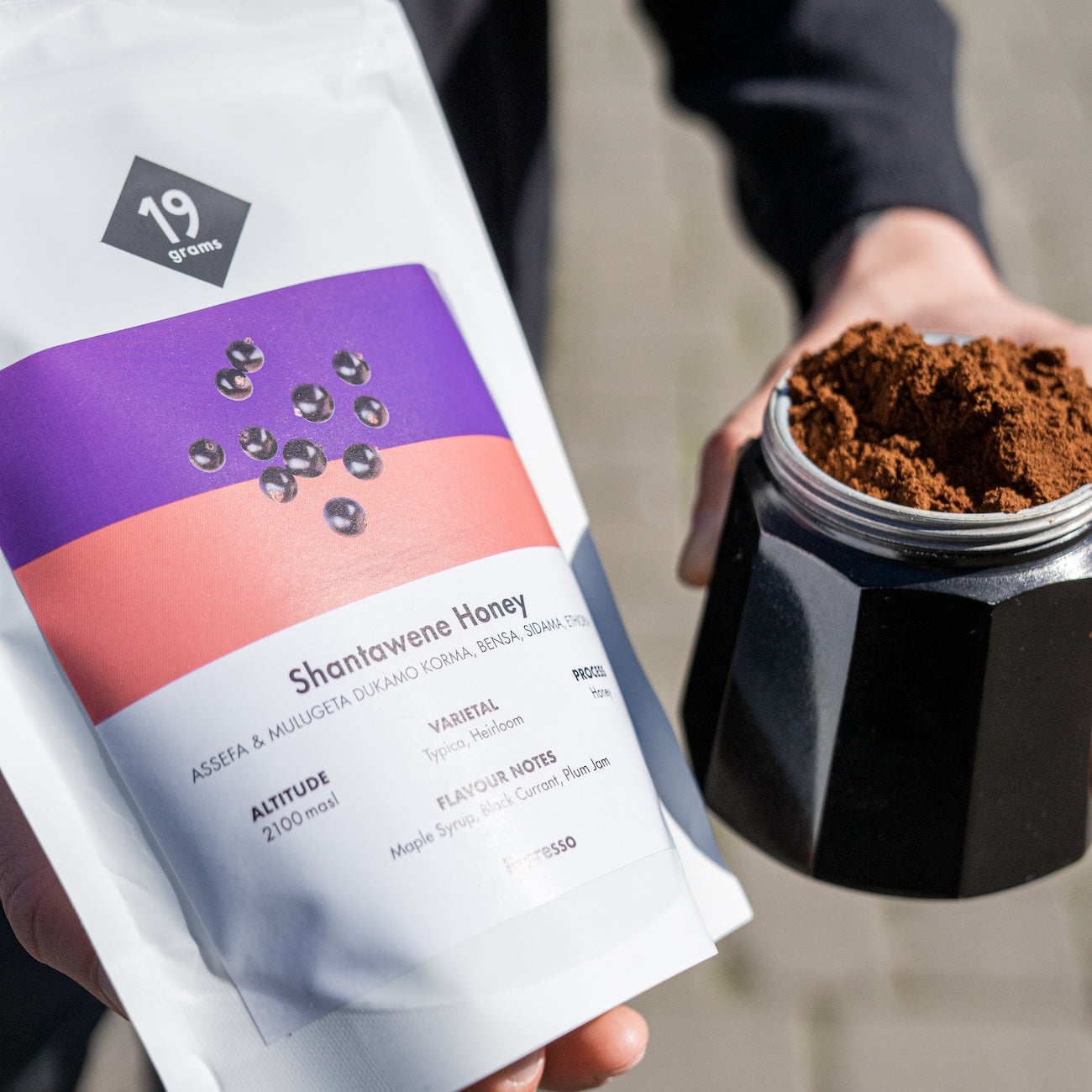The picking method is the most labour-intensive and expensive approach to coffee harvesting. In this method, the coffee cherries are picked individually by hand. There can be blossoms, ripe and unripe fruit on the branches of the coffee plants at the same time. In the picking method, only fully ripe cherries are carefully selected and picked by hand, while the unripe ones remain on the tree to ripen further. This method allows for the best possible quality of the final product, as only cherries with the same degree of ripeness are processed.
In addition to the picking method, there is the so-called stripping method, which is often used. Although both methods involve manual picking, there are significant differences between them. In the picking method, the fruits are picked one by one, whereas in the stripping method, all the fruits are stripped from the coffee plants, regardless of their degree of ripeness, and collected on spread-out cloths. Sometimes machines are used to comb the branches of the coffee plants and make the cherries fall. Only the picking method processes cherries with the same degree of ripeness, while unripe or defective cherries are sorted out from the beginning.
About 2.5 kg of coffee cherries have to be harvested to obtain 500 g of dried and roasted coffee beans. Many coffee producers prefer the stripping method for this. It is cheaper compared to the picking method, although not all coffee cherries ripen completely and many unripe cherries have to be sorted out and discarded. For example, in Brazil, about 75% of the cherries are ripe at any one time, while the remaining 25% have to be sorted out. However, the individual picking of coffee beans and the multiple passes required in the picking method are so labour-intensive that it is still the most expensive method. It is mainly used for high-quality Arabica beans, which are later used to make speciality coffees.






